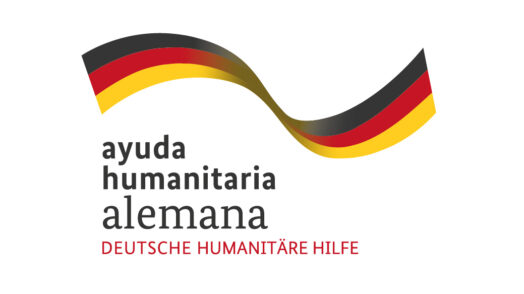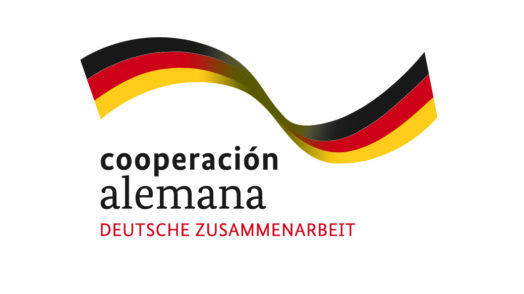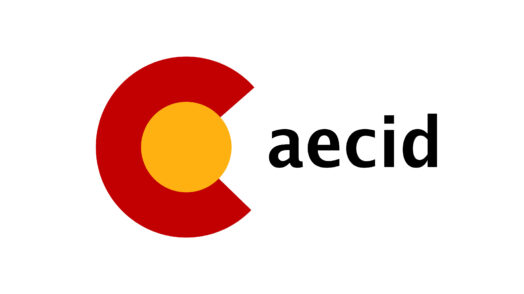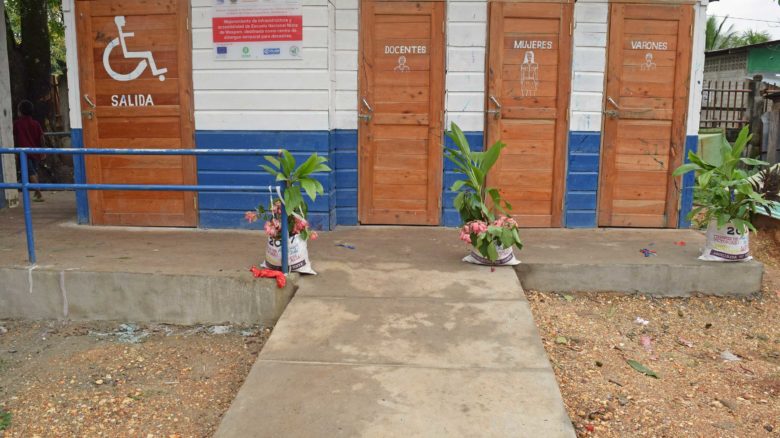
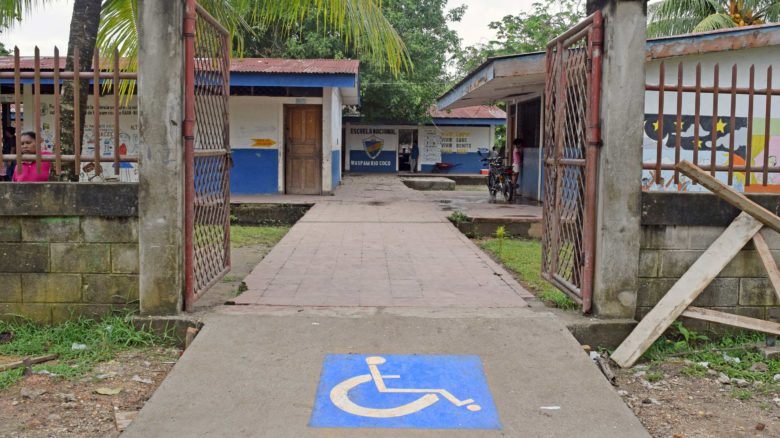

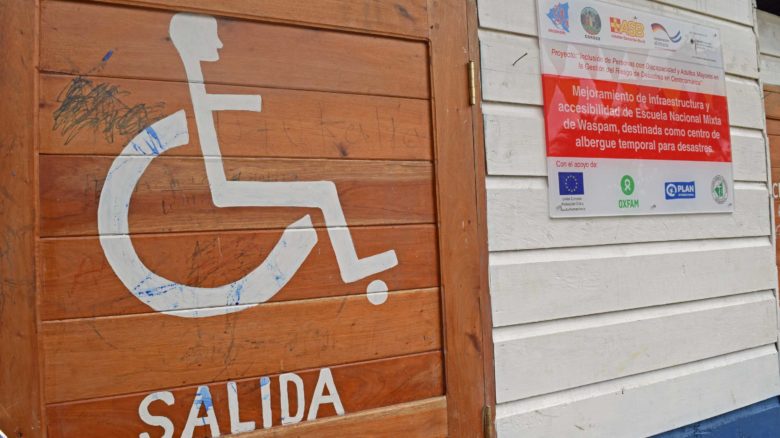
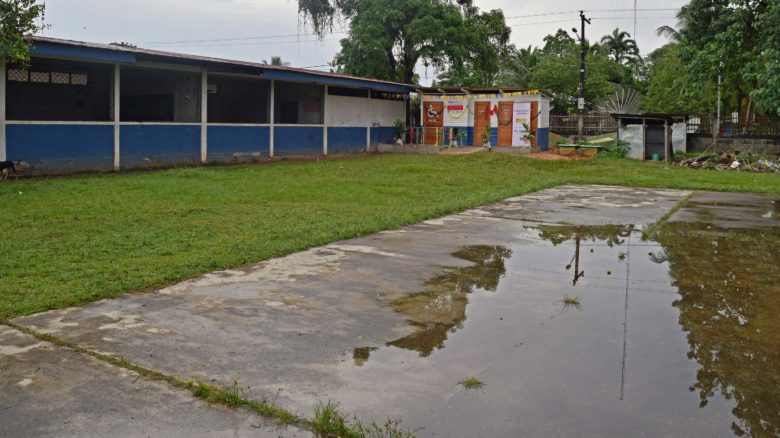
Inclusion made tangible
With 80% of the population living in extreme poverty, Waspam has 50 public schools distributed over 9,767 km² of territory, inhabited mainly by the Miskito indigenous group.
Waspam, Río Coco, is a Nicaraguan city located in the Autonomous Region of the Northern Caribbean Coast, 632 km from the capital, Managua. With 80% of the population living in extreme poverty, it has 50 public schools distributed along 9,767 km² of territory, mainly inhabited by the Miskito indigenous people.
Rehabilitation of accessible restrooms
The National Mixed School in Waspam is attended by 1,200 students of various ages, distributed in morning, afternoon and evening shifts. Historically, students have not had decent sanitation facilities, so they chose to resist the urge to relieve themselves during school hours or to escape to their homes.
To change this situation, the DIPECHO project executed by the OXFAM-PLAN-ASB-AMC consortium carried out the reconstruction of four toilets, including one accessible one. It is entirely suitable for people with disabilities or reduced mobility, taking into account the Nicaraguan Obligatory Technical Standards (NTON) for the construction of accessible environments. In addition, it was built with the supervision of disabled people in the area.
Accessibility and signs
Also, platforms, ramps and handrails were built. Appropriate signage was also placed for evacuation routes, meeting points and accessible routes, among others.
Alma Baltodano, Executive Secretary of the Federation of Associations of People with Disabilities in Nicaragua FECONORI, says it is important that children with disabilities in the city of Waspam can move around without obstacles from the entrance of the school, through the school and even in the health services. "Accessibility cannot be partial", he said in his speech at the opening of the works.
La infraestructura es, sin duda alguna, muy importante para fomentar la inclusión, ya sea en la vida cotidiana de una escuela o en situaciones de desastres. Pero también existen otras barreras, culturales y actitudinales, que obstaculizan la inclusión de las personas con discapacidad. Por ello, en esta misma escuela se realizará un taller con administradores de albergues del municipio, fundamentalmente directoras y directores de escuelas, para profundizar en lo que se puede y debe hacer con adultos mayores y personas con discapacidad en un albergue temporal en situaciones de desastres para fomentar su inclusión.
Podemos decir que ahora Waspam cuenta con una escuela accesible para personas con discapacidad, que también funge como el mayor albergue del municipio durante los desastres. Todo esto gracias al apoyo del gobierno alemán, ASB, FECONORI y CORDES, en el marco del proyecto financiado por la Dirección General de Protección Civil y Operaciones de Ayuda Humanitaria Europeas (ECHO), coordinado junto con OXFAM, PLAN International y Acción Médica Cristiana.
Miguel es un niño de 8 años que cursa el 4to grado en la Escuela Nacional Mixta de Waspam, Río Coco, junto a 400 niños en el turno matutino y otros 800 niños en turnos vespertino y sabatino. Él, al igual que sus compañeros, es Miskito y habla su propio idioma. Por 14 años, Miguel y los demás niños y niñas que estudian en el centro de Waspam no habían tenido un servicio higiénico en buen estado, por lo que se veían obligados a correr a casa o ir en una esquina del patio de la escuela, cuando sentían la necesidad de hacer sus necesidades. Lo que conllevaba al contagio de muchas enfermedades y resistencia de ir al baño.
los y las niñas con discapacidad se daba por dos grandes razones: La primera por no tener los sanitarios en condiciones para que los niños pudieran hacer sus necesidades y la segunda, no contaban con andenes ni sanitarios accesibles para poder acceder a su educación escolar. “Ahora las personas con discapacidad, sean padres/madres de familia o estudiantes podrán acceder a la escuela, para nosotros es muy importante, porque la Escuela Nacional funciona como albergue durante los desastres, aún no hemos tenido huracanes pero sí muchas inundaciones por exceso de lluvias.”

